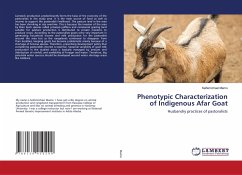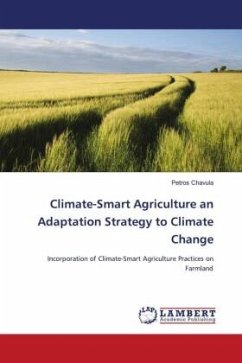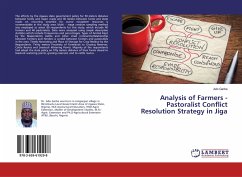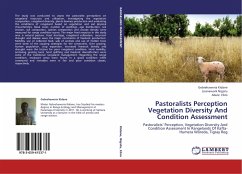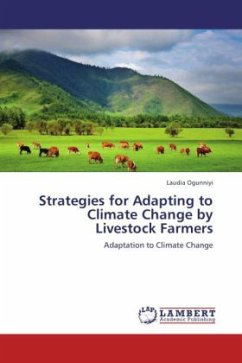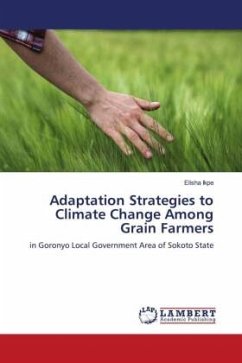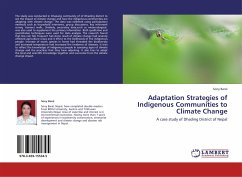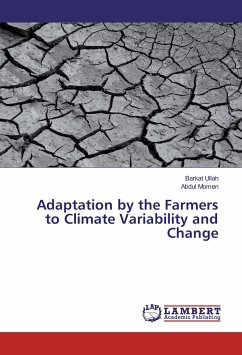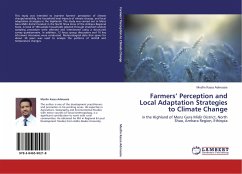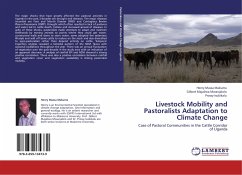
Livestock Mobility and Pastoralists Adaptation to Climate Change
Case of Pastoral Communities in the Cattle Corridor of Uganda
Versandkostenfrei!
Versandfertig in 6-10 Tagen
32,99 €
inkl. MwSt.

PAYBACK Punkte
16 °P sammeln!
The major shocks that have greatly affected the pastoral activities in Uganda in the past 3 decades are drought and diseases. The major diseases recorded are Foot and Mouth Disease (FMD) and Contagious Bovine Pleuro-Pneumonia (CBPP). Drought which often resulted in lack of pastures and water led to cattle death, famine and increased spread of diseases. In spite of these shocks, pastoralists made attempts to adapt and maintain livelihoods by moving animals to points where they could get water, constructed wells and dams to store water, some adopted the sedentary lifestyle and sold off some catt...
The major shocks that have greatly affected the pastoral activities in Uganda in the past 3 decades are drought and diseases. The major diseases recorded are Foot and Mouth Disease (FMD) and Contagious Bovine Pleuro-Pneumonia (CBPP). Drought which often resulted in lack of pastures and water led to cattle death, famine and increased spread of diseases. In spite of these shocks, pastoralists made attempts to adapt and maintain livelihoods by moving animals to points where they could get water, constructed wells and dams to store water, some adopted the sedentary lifestyle and sold off some cattle to reduce on the stock and also diversified to agro-pastoralism rather than depend entirely on cattle. Temporal trajectory analysis revealed a bimodal pattern of the NDVI fluxes with seasonal oscillations throughout the year. There was an annual fluctuation of vegetation over the past decade in the study area with an indication of an apparent decrease. A analysis of rainfall SPI and NDVI showed a strong positive correlation. There was also a positive correlation between rainfall and vegetation cover and vegetation availability is driving pastoralist mobility.



